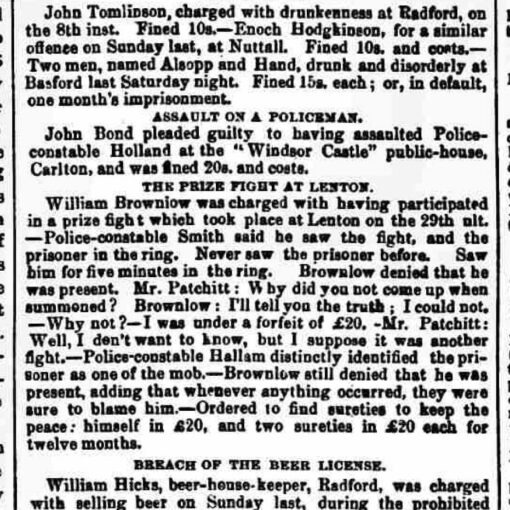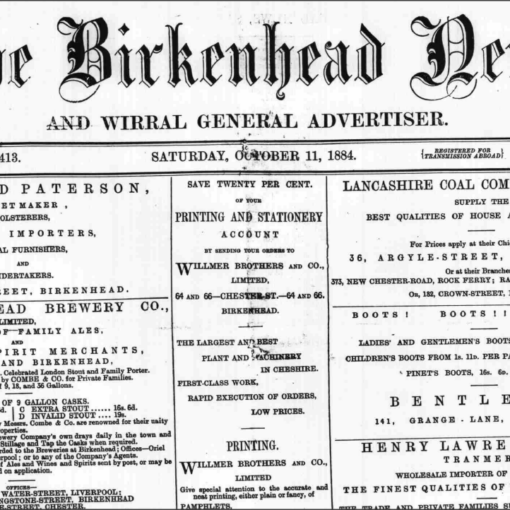
 William Braithwaite and his brother Clarence were on board HMS Bulwark when a devastating internal explosion killed 736 men. Williams survived but his brother Clarence was killed in the explosion. The Braithwaite family had already featured in the news locally and now they were publishing a letter that William Braithwaite wrote to his parents.
William Braithwaite and his brother Clarence were on board HMS Bulwark when a devastating internal explosion killed 736 men. Williams survived but his brother Clarence was killed in the explosion. The Braithwaite family had already featured in the news locally and now they were publishing a letter that William Braithwaite wrote to his parents.
Hull Daily Mail – Wednesday 23 December 1914:
Hull Man’s Narrow Escape.
The funeral of the Bulwark victims.
Signaller William Braithwaite, whose photographs and that of his four brothers are given in today’s “Mail”, writes to his parents Mr and Mrs Braithwaite, of 10, Dorothy Avenue, Cornwall Street. He says:
“I went to the funeral of 21 of the victims of the Bulwark. I saw everybody and Clarry was not amongst them. There were 14 who were not recognised, and were buried in one grave. The captain and another officer were also buried. I am leaving to go to a new ship just built, the —–, and I expect she will go straight to the firing line. There are some of our chaps searching all day and keep picking up bits of things, and they have promised me they will give me anything they find belonging to Clarry.  I have been into battles in the destroyers, and nearly drowned in three ships which went down. I only got in the night before, and so missed what would have certainly been our fate, but I have not had a scratch yet, although we were very near it one time, but we managed to sink four of their destroyers, and came back to harbour. It is very rough sea, always on the lookout for mines and submarines, and never knowing when you are going to go, but like everyone else I have got used to it, and am ready to take my chance.”
I have been into battles in the destroyers, and nearly drowned in three ships which went down. I only got in the night before, and so missed what would have certainly been our fate, but I have not had a scratch yet, although we were very near it one time, but we managed to sink four of their destroyers, and came back to harbour. It is very rough sea, always on the lookout for mines and submarines, and never knowing when you are going to go, but like everyone else I have got used to it, and am ready to take my chance.”
HMS Bulwark belonged to a sub-class of the Formidable-class of pre-dreadnought battleships of the Royal Navy known as the London-class. Entering service with the Royal Navy in 1902, she sailed with the Mediterranean Fleet until 1907. She then served with the Home Fleet, for a time under Captain Robert Falcon Scott. After a refit in 1912, she was assigned to the 5th Battle Squadron.
Following the outbreak of the First World War, Bulwark, along with the rest of the squadron was attached to the Channel Fleet, conducting patrols in the English Channel. On 26 November 1914, while anchored near Sheerness, she was destroyed by a large internal explosion for the loss of 736 men. Two of the 14 survivors died later in hospital. The explosion was likely to have been caused by the overheating of cordite charges that had been placed adjacent a boiler room bulkhead (source: here).





